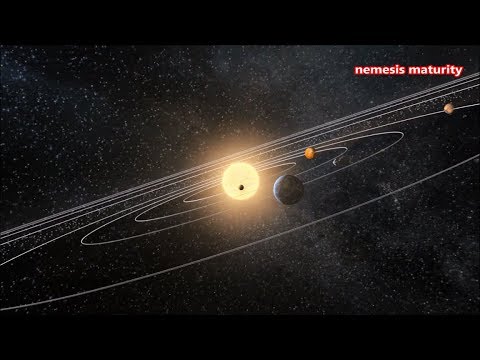Space Debris: A Global Problem in Need of a Global Solution
Space debris, also known as space junk or orbital debris, is a growing problem that poses a serious threat to satellites, spacecraft, and even astronauts in Earth’s orbit. With the increasing number of satellites and spacecraft being launched into space, the amount of debris left behind continues to accumulate, creating a hazardous environment for all space missions.
Space debris consists of defunct satellites, spent rocket stages, fragments from collisions, and other man-made objects that orbit Earth at high speeds. These objects can range in size from small paint flecks to large pieces of equipment, and they pose a significant risk to active satellites and spacecraft. Even a tiny piece of debris traveling at high speeds can cause catastrophic damage upon impact.
The issue of space debris is not a new one, but it has become more pressing in recent years as the number of satellites in orbit has increased dramatically. Companies such as SpaceX, OneWeb, and Amazon are planning to launch thousands of satellites into space to provide global internet coverage, further exacerbating the problem. In addition, countries like China and India have been conducting anti-satellite missile tests, which have created even more debris in orbit.
The consequences of space debris are far-reaching and could have a significant impact on our daily lives. Satellites are essential for weather forecasting, communication, navigation, and national security, and any disruption to these systems could have serious implications. In addition, the International Space Station (ISS) and other spacecraft are at risk of collisions with debris, which could jeopardize the safety of astronauts on board.
Addressing the issue of space debris requires a global effort and collaboration among countries, space agencies, and commercial space companies. The United Nations Office for Outer Space Affairs (UNOOSA) has been working to establish guidelines and best practices for the mitigation of space debris, but more needs to be done.
One potential solution to the problem of space debris is the development of active debris removal technologies that can safely remove debris from orbit. These technologies could involve capturing debris with robotic arms, nets, or harpoons, and then either deorbiting the debris or moving it to a safer orbit. However, these technologies are still in the early stages of development and will require significant investment and international cooperation to become a reality.
Another approach to addressing the issue of space debris is through better space traffic management and coordination. By tracking the location of satellites and debris in orbit more effectively, space agencies can avoid collisions and reduce the risk of creating more debris. In addition, companies launching satellites into space should be required to adhere to strict guidelines for the disposal of their satellites at the end of their mission to prevent the creation of more debris.
In conclusion, space debris is a global problem that requires a global solution. The increasing amount of debris in Earth’s orbit poses a serious threat to our space infrastructure and the safety of astronauts. By working together to develop technologies for debris removal, improve space traffic management, and enforce responsible space practices, we can ensure a sustainable and safe space environment for future generations.













